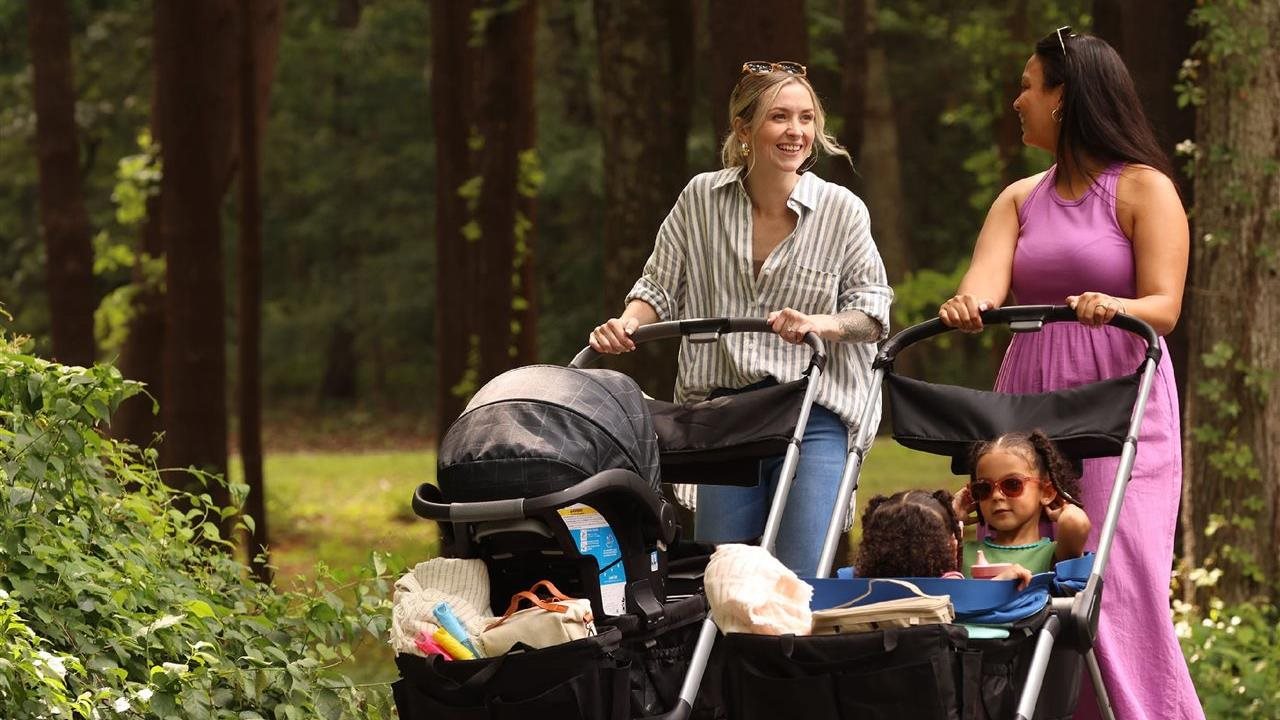
(BPT) – As a parent, you want your child to be happy, healthy and safe. As little ones begin to explore the world around them, parents face more challenges and safety becomes top of mind. Fortunately, a few simple steps can significantly reduce the chance of injury and accidents whether you’re home or away.
The safety experts at the Juvenile Products Manufacturing Association (JPMA), a proud partner of Safety 1st, share three important safety steps all caregivers should take:
Step 1: Move risky items up and add lock systems
Inquisitive kids love to open drawers and cabinets to discover what’s inside. While some spaces may be safe, others may contain things like medicine, cleaning products or breakables like glass. An insider tip: Get on the floor and view the world as your child does — you may be surprised at what you notice from this perspective.
The first step to a safer home is to move items that pose a risk to a high place out of reach of infants and children. Then, install lock systems for any drawers or cabinets that may be within reach.
One of the easiest locking systems to install and use are adhesive magnetic locking systems from Safety 1st. Just peel and stick these low-profile locks on the inside of spaces — the perfect choice for renters or anyone who doesn’t want to damage their cabinets.
Step 2: Install gates and be mindful of stairs
Once children begin to crawl and walk, they take more risks as they explore. This is an important part of their development, but they don’t yet fully understand the dangers. That’s why all caregivers should install gates at the top and bottom of stairs.
Adding a safety gate to a home or apartment doesn’t have to be a complicated process. The Ready to Install Gate from Safety 1st, for example, is a hardware-mounted security gate with a no-trip design. The no-threshold design means no trip hazard at the top of the stairs and one-hand operation with a swing-open door makes it easier for bigger kids and adults to pass through.
On average, every 6 minutes a child in the U.S. goes to the emergency room due to an injury related to falling on the stairs, according to a study by the Nationwide Children’s Hospital. Safety gates can dramatically lower the risk of a child falling on the stairs. Caregivers should also be careful when using stairs if they are holding children. In these cases, go slow, use the handrail with your free hand and move one step at a time.
Step 3: Use safety gear on the go
Child safety isn’t just a priority when at home — it’s important to keep kids secure when out and about as well. Life gets busy and adventures abound, so if you need to get around with ease even when you have your child in tow, make sure you invest in high-quality gear to keep little ones safe.
Vehicle safety is a must, so always use a car seat appropriate for your child’s height and weight. One of the most important car seat safety tips is to make sure to install the car seat correctly. If you’re unsure, some health care offices, public safety departments and local fire departments offer complimentary child safety seat checks.
Depending on your child’s age and your preferences, you may also need a baby carriage or a stroller to keep you moving with safety and ease. Consider a travel system like the Deluxe Grow and Go Flex 8-in-1 that combines these components so you have options to help keep kids secure no matter where you go, with options that can change as they age.
As for stroller safety, make sure to correctly secure and adjust straps and harnesses every time you use them, even if it’s for a short distance. Always apply brakes when stationary to prevent roll-aways. Finally, remember to practice pinch prevention by ensuring baby’s hands are clear when folding and unfolding strollers.
A proactive approach to safety can keep families safe, even when little ones are on the move. Let these three steps guide you at home or while away.
